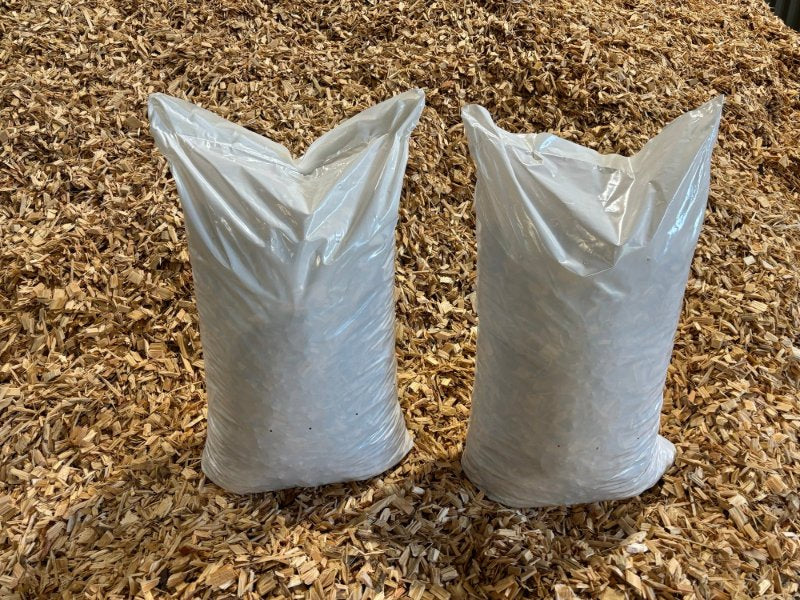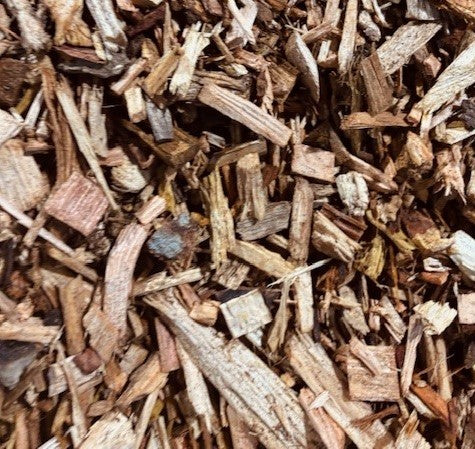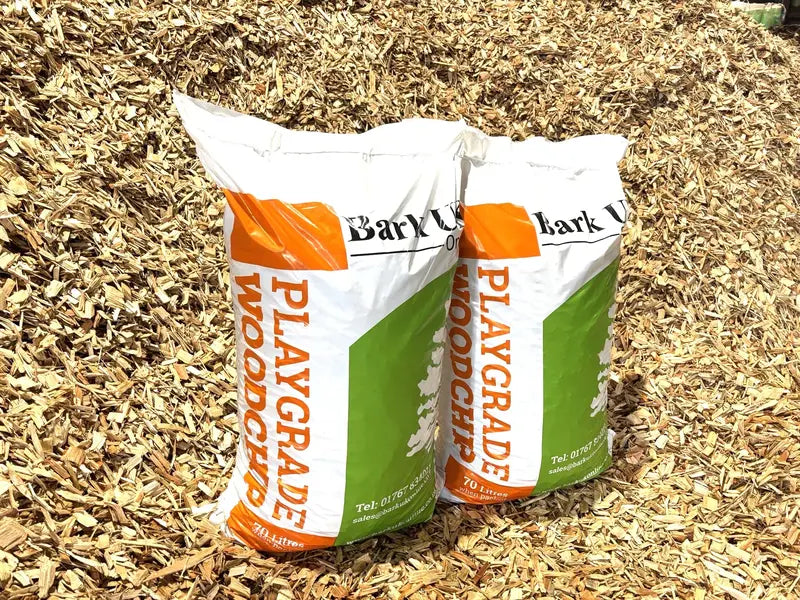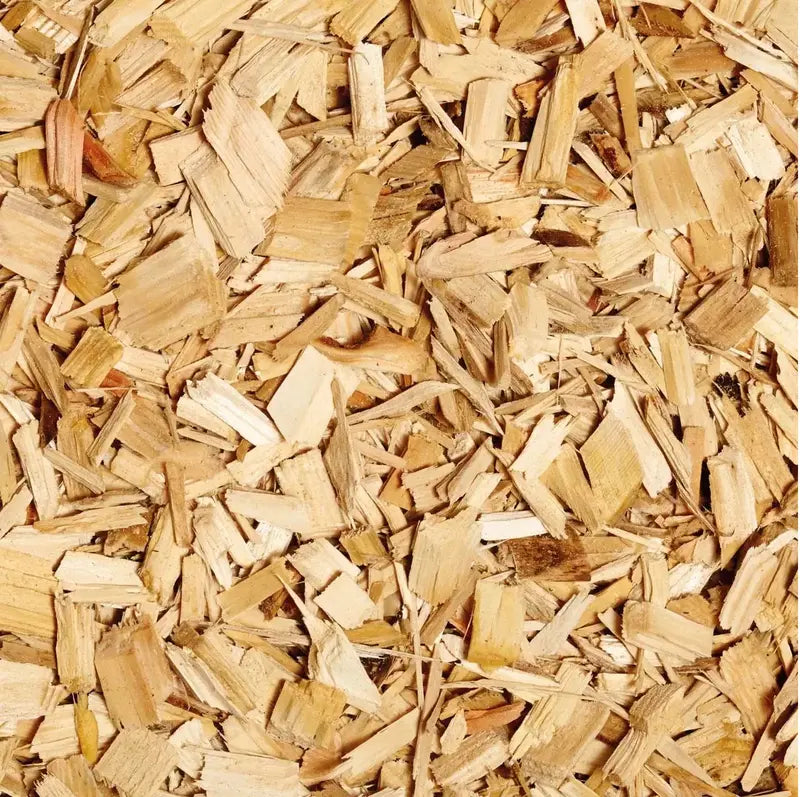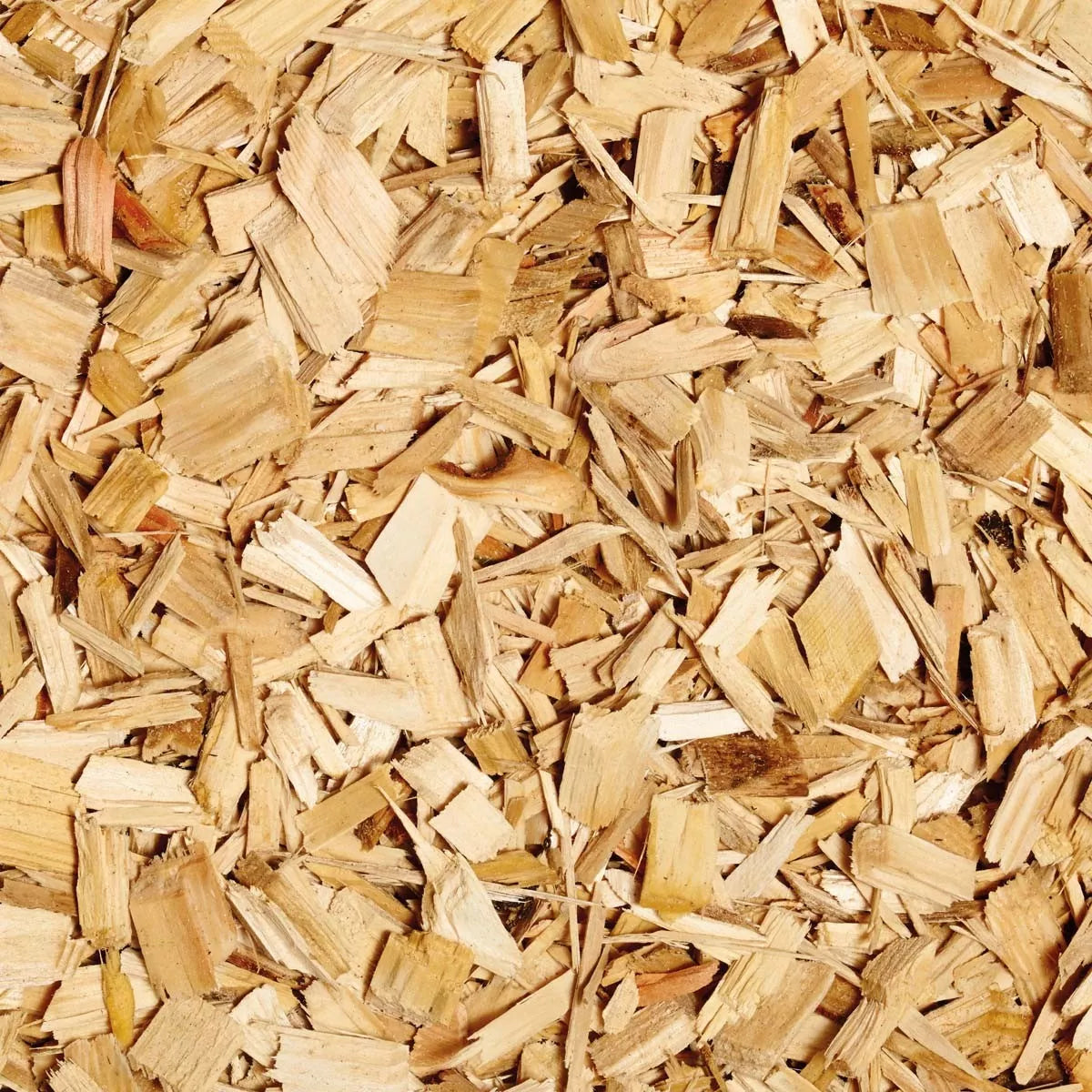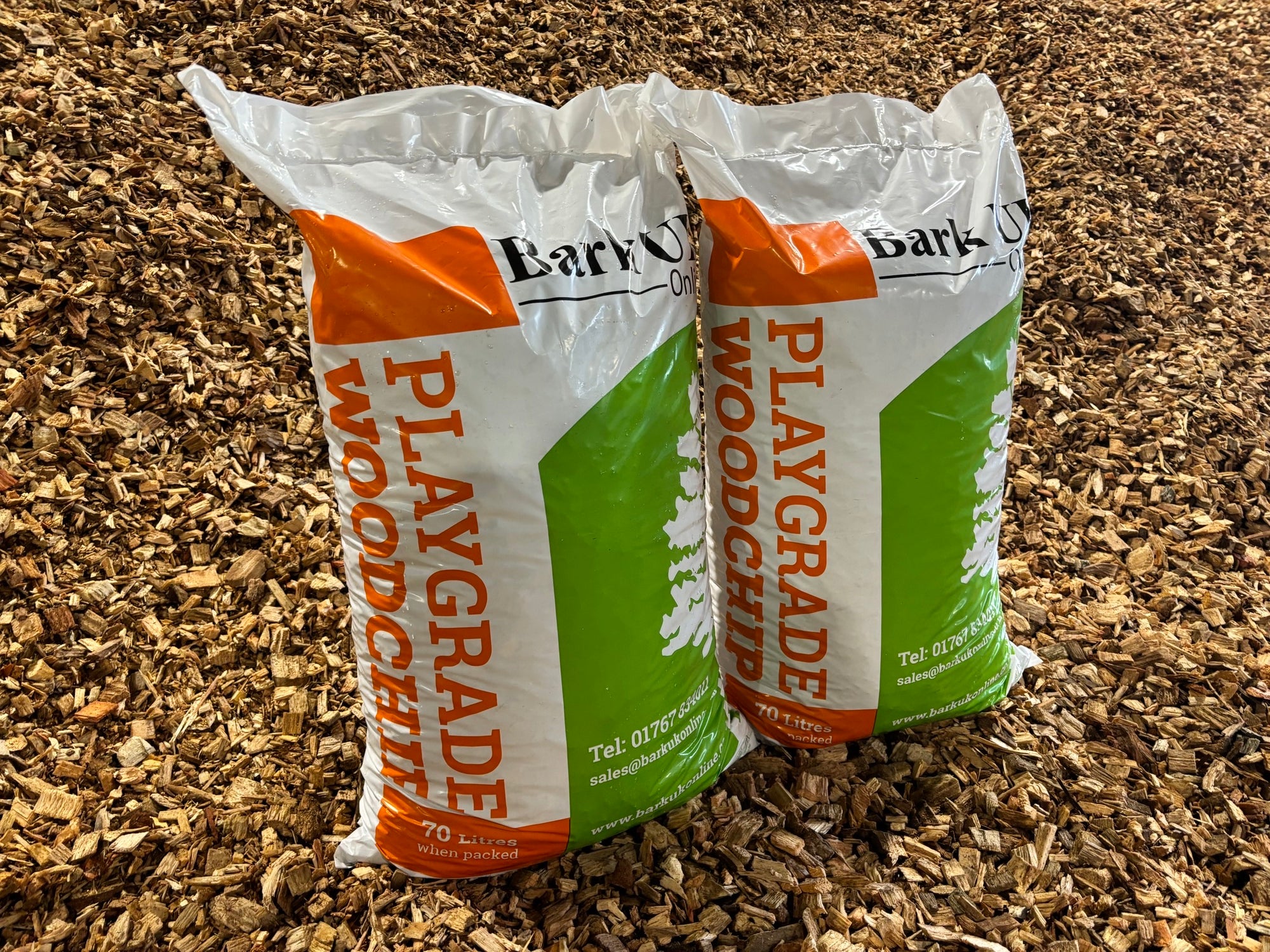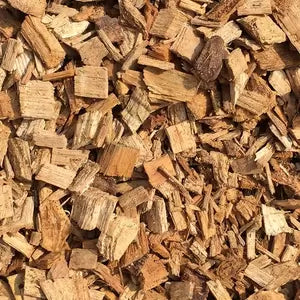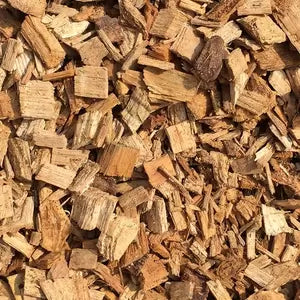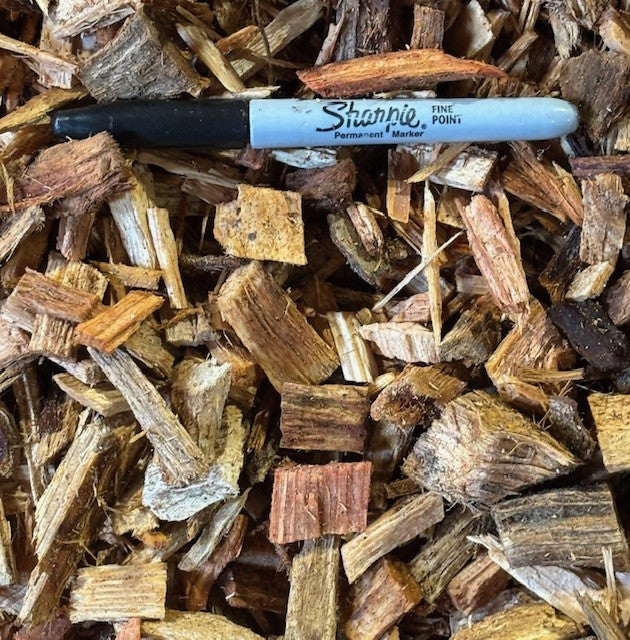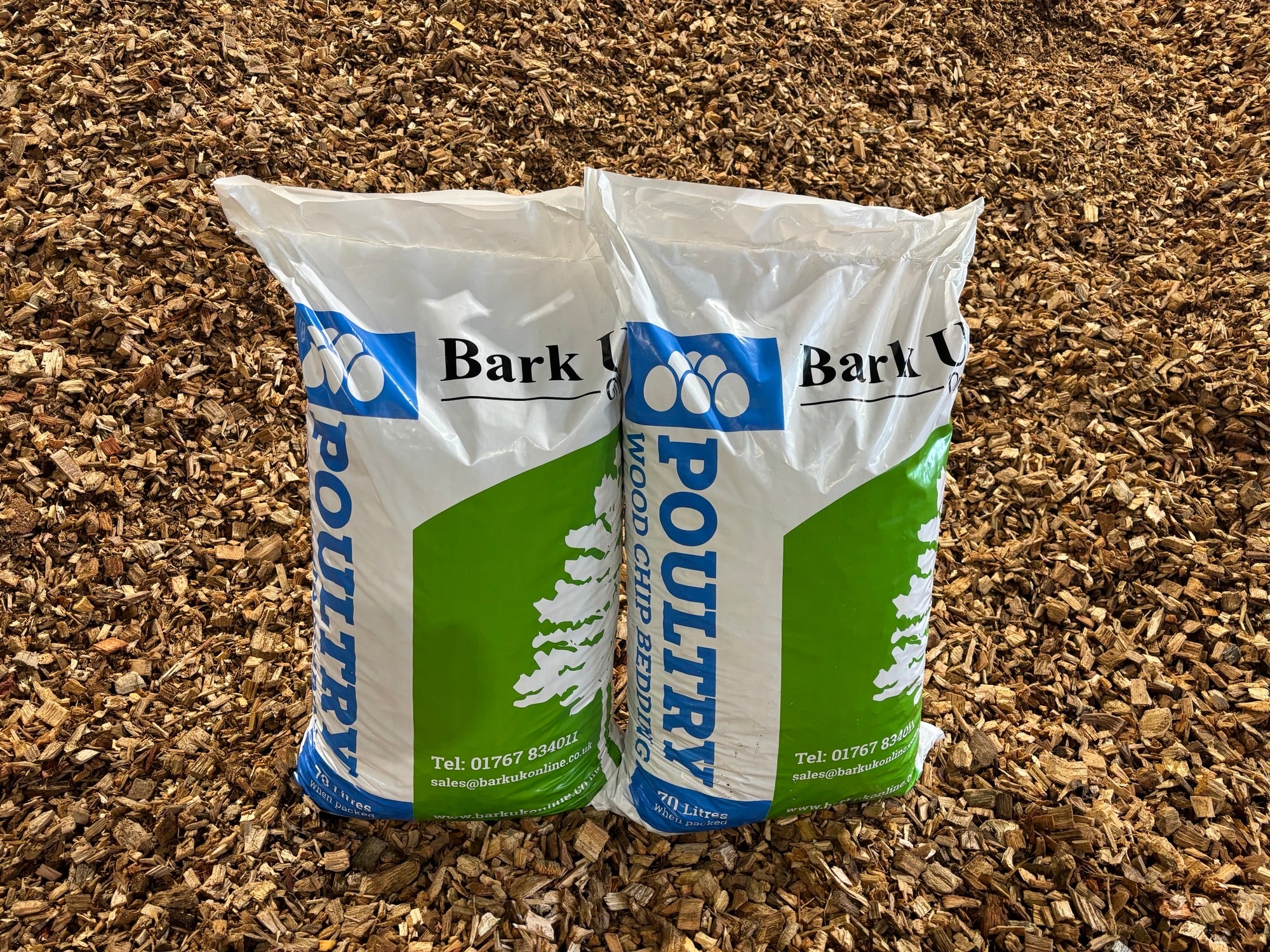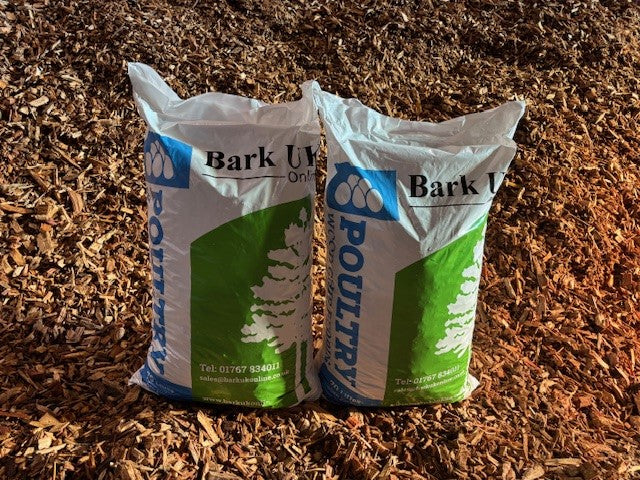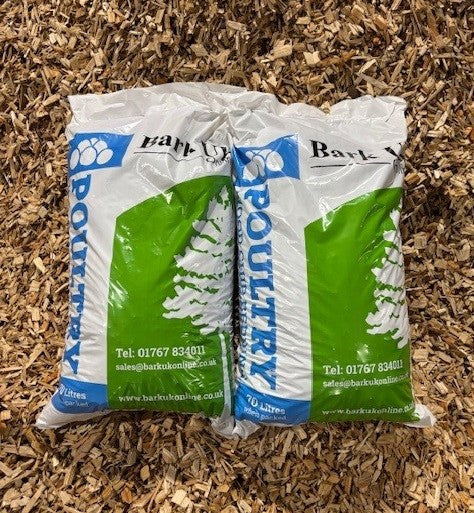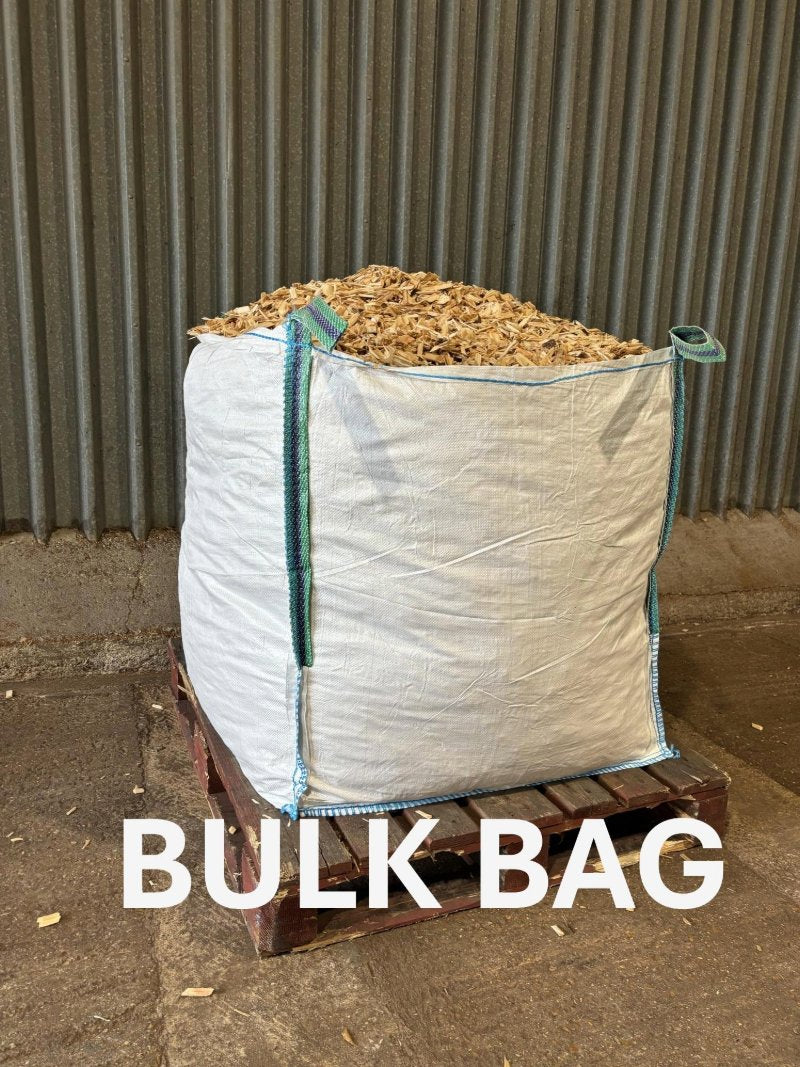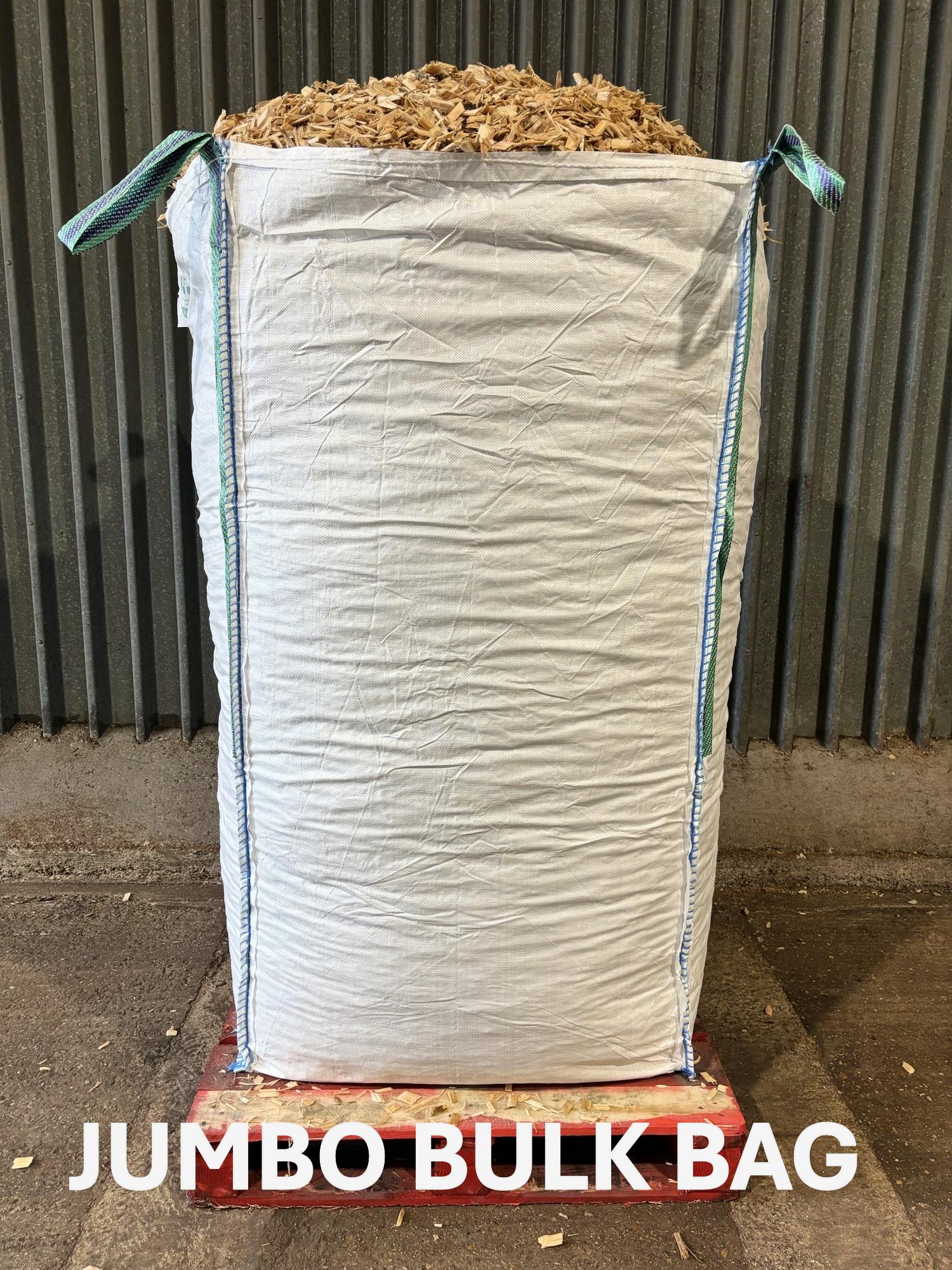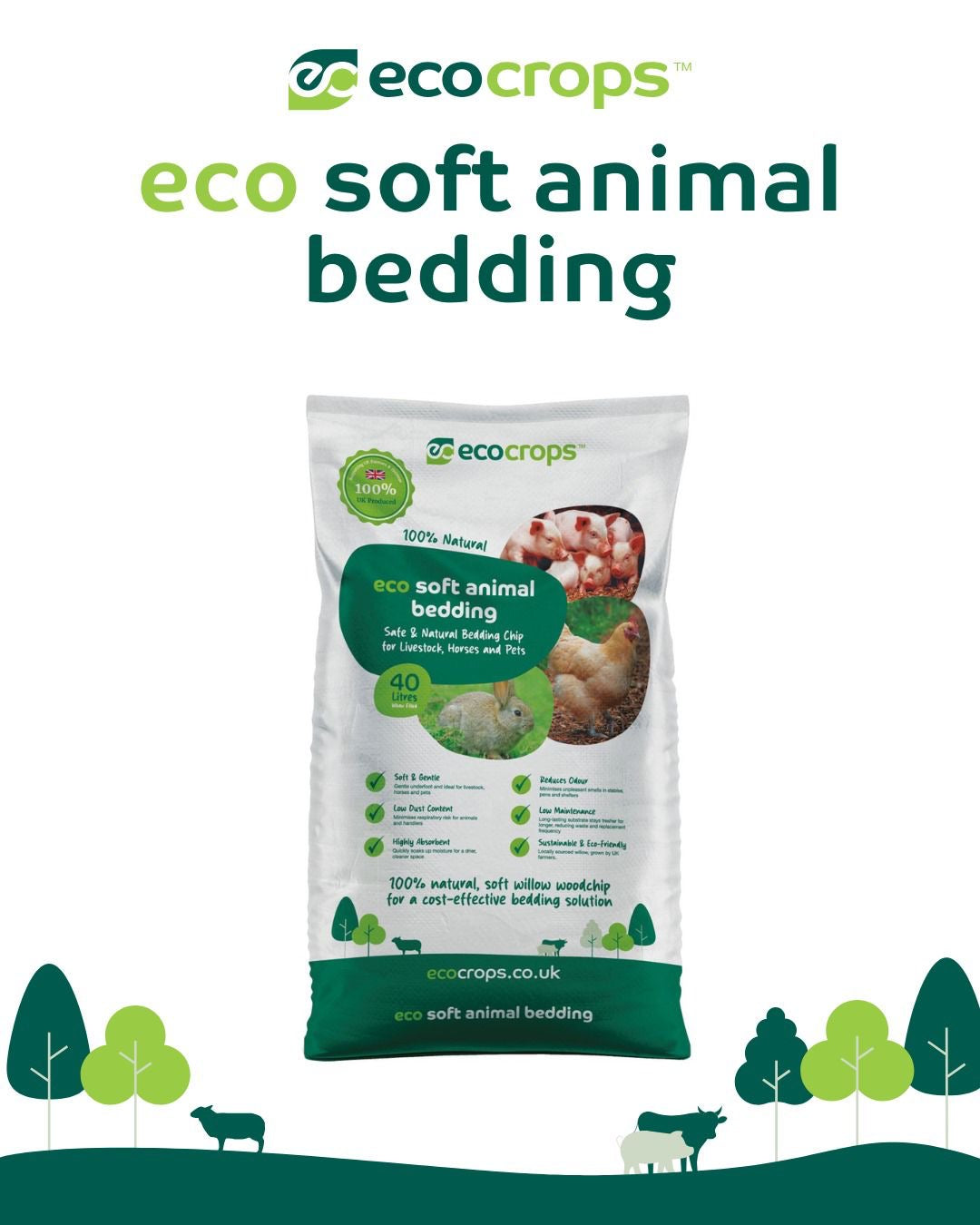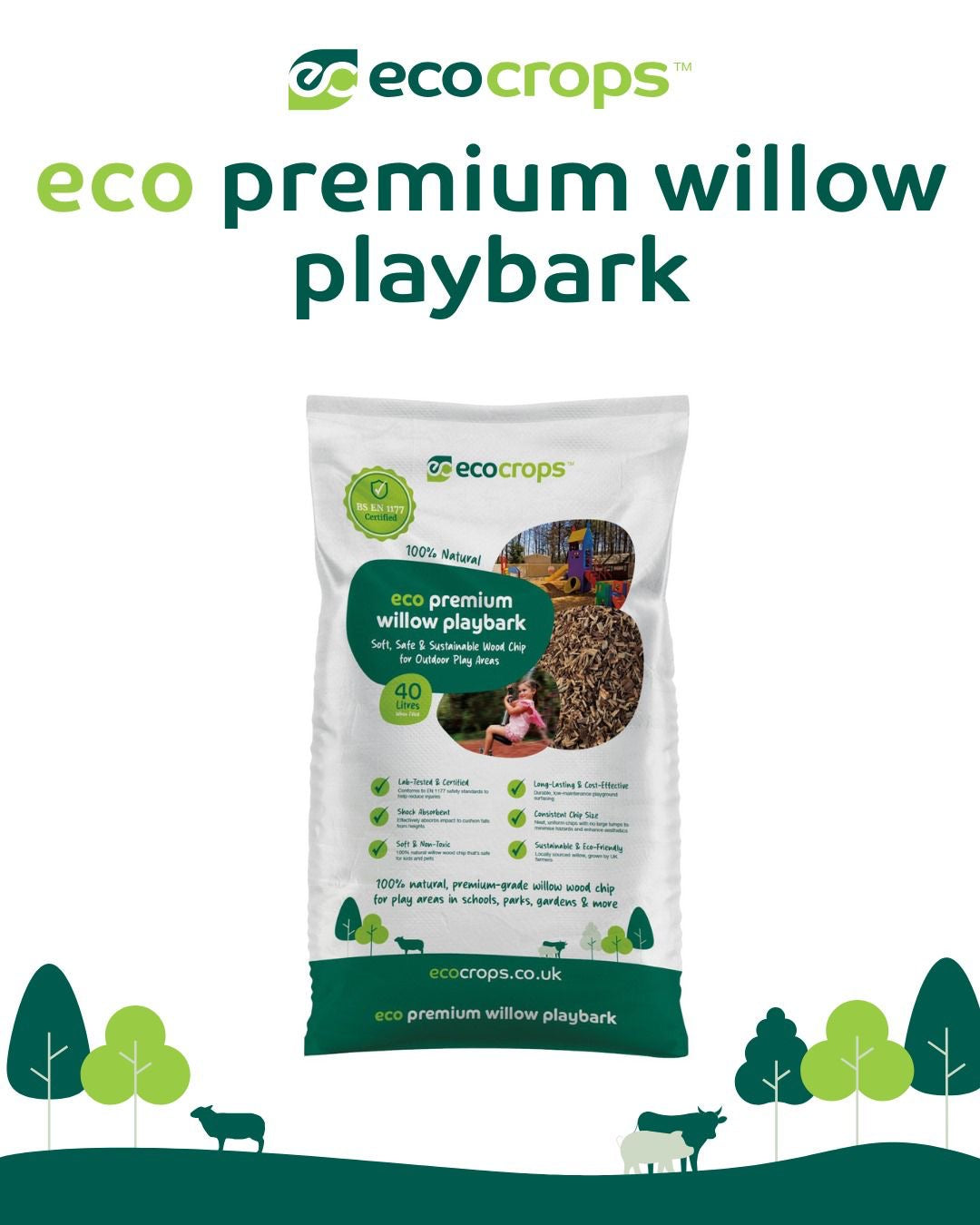Why Spring Is the Perfect Time to Refresh Your Mulch Beds
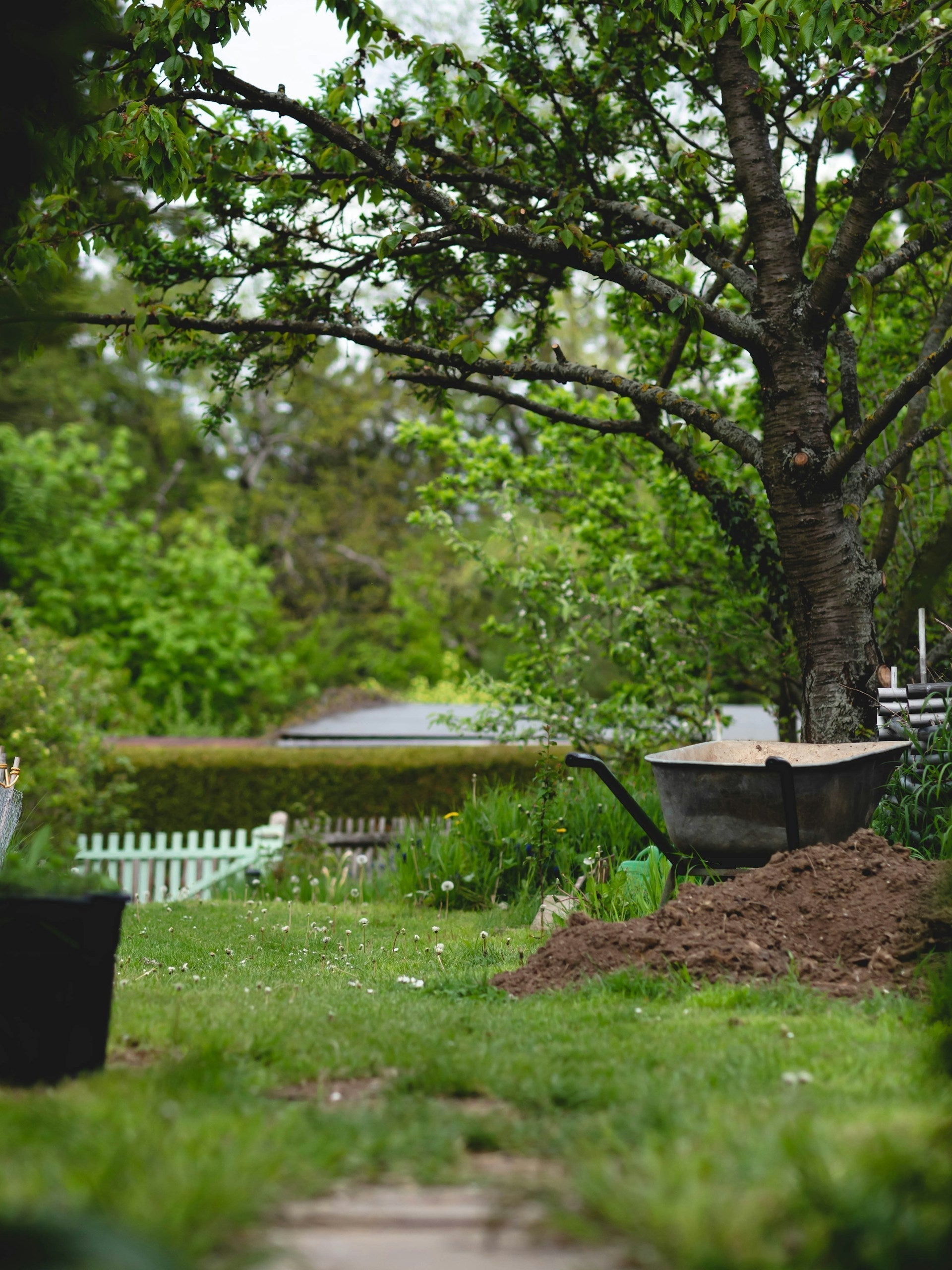
Mulching in spring provides a straightforward, results-oriented approach to improving garden health at the start of the growing season. The early months of the year bring shifting soil conditions, fluctuating moisture levels, and renewed biological activity, all of which require proper ground cover to manage effectively. Replacing or replenishing mulch during this time can enhance the condition of both soil and root systems by offering immediate insulation, structure, and moisture control. It also sets the tone for the appearance and functional quality of garden beds throughout the year. This article explains why spring is the most effective time to refresh mulch beds for plant development, weed control, and visual appeal.
Winter Damage and Spring Recovery
Cold weather compromises mulch integrity. Prolonged exposure to freezing temperatures, wind, and rainfall breaks down the structure of mulch layers and diminishes their ability to regulate soil conditions. By the time spring arrives, what remains often lacks the density and cohesion needed for proper coverage. Gaps, compacted material, and signs of decomposition are common, making replenishment essential. Ignoring this damage reduces the protective value mulch is meant to provide.
Spring presents an ideal opportunity to reapply mulch with full coverage. New material fills in the sections lost over winter and restores the mulch's ability to shield soil from erosion and temperature swings. This is particularly important in areas with high rainfall or frost, where erosion and heaving expose root zones. Mulching after these conditions helps re-establish ground insulation and prevents further loss. The result is a garden bed that regains its structural and protective integrity early in the year.
Regulating Soil Temperature and Moisture
As plants exit dormancy, soil conditions play a critical role in determining the success of early root activity. Mulch applied in spring stabilises soil temperature by shielding it from rapid fluctuations caused by erratic spring weather. This stabilisation helps create a consistent environment for roots to begin seasonal growth. Without adequate coverage, soil may warm too quickly or lose moisture unevenly.
Moisture retention also improves significantly with new mulch layers. By covering exposed soil, mulch reduces the rate of evaporation and helps rainwater penetrate rather than run off. This is especially beneficial during periods of light rainfall or when early watering is irregular. Root systems benefit from both stable hydration and reduced temperature stress. The timing of application ensures that these benefits align with the first stages of active plant development.
Weed Suppression Before Germination Peaks
Weeds are opportunistic and often take advantage of open, sunlit soil in early spring. Applying mulch before weed seeds germinate limits their access to light and restricts their growth. This passive control method is effective because it targets weeds before they become established. It reduces the need for manual removal or chemical herbicides later in the season.
A refreshed mulch bed acts as a physical barrier, slowing or preventing the emergence of annual weed varieties. The density of the layer makes it difficult for most weed species to break through. By reducing early-season germination, gardeners gain better control over beds without continuous intervention. Maintaining this advantage throughout spring makes garden upkeep more manageable and efficient.
Reducing Pests and Soil-Borne Diseases
As temperatures rise, many pests and soil pathogens become more active. Older mulch can harbour fungal spores, decaying plant matter, and overwintering insects. Refreshing mulch in spring removes these risk factors by introducing clean, pest-free material. This limits the early spread of diseases and reduces the population of unwanted insects near plant bases.
Certain types of bark and wood-based mulch can also contribute to pest deterrence. For example, cedar and pine bark have natural aromatic properties that discourage insects. When used as part of a spring refresh, these materials introduce both coverage and mild protection. Regular turnover of mulch ensures that disease pressure and insect loads remain low during critical growth stages.
Aesthetic Improvement and Planting Foundation
Tidy mulch beds contribute to overall garden presentation. Replacing faded, weathered mulch with fresh material improves the colour, texture, and form of planted areas. It provides a clear edge, defines plantings, and creates a uniform surface that ties together different parts of the garden. As a result, beds appear well-maintained and intentional.
The visual impact goes beyond surface appeal. Fresh mulch frames the early growth of perennials and spring bulbs, providing contrast that highlights foliage and blooms. This sharp presentation reinforces the impression of an organised space and can enhance both residential and commercial garden settings. A clean foundation sets the tone for additional seasonal planting and landscape planning.
Why Spring Outperforms Other Times of Year
Spring aligns with plant activity, pest cycles, and soil changes in a way that makes mulch renewal highly effective. The environmental triggers for growth begin just as the window for pre-emptive mulch application opens. This convergence allows for maximum benefit with minimal input. Early action supports emerging root systems, stabilises conditions, and gives plants a stronger start.
Compared to other times of the year, spring offers the advantage of alignment. Mulching after winter and before mid-season stresses arise positions the garden to resist drought, infestation, and weed invasions. Gardeners who act during this window will see consistent gains in both health and efficiency. The seasonal timing amplifies the core benefits mulch provides.
Frequently Asked Questions About Spring Mulching
Do you need to remove mulch in spring?
Removal is not always necessary. If the existing mulch is still in good condition, simply top it up with fresh material to restore depth and coverage. However, any mulch that shows signs of rot, mould, or pest presence should be cleared before reapplying. Inspecting mulch for compaction or waterlogging is also important. Replacing poor-quality mulch helps maintain its function.
What is the best time to mulch in spring?
Mid to late spring is usually optimal, depending on location. Waiting until soil has warmed slightly helps avoid locking in cold temperatures. Aim to mulch after the last frost but before weed seeds begin to germinate. This timing supports both temperature regulation and weed suppression. Monitoring local weather patterns will help determine the right moment.
When should you not mulch?
Avoid mulching when the soil is too wet or frozen. This traps moisture and can lead to root rot or fungal growth. Do not apply mulch too early, as this may hinder soil warming needed for early root activity. Also, avoid piling mulch against stems or trunks, as it can attract pests and cause decay. Proper placement and timing are key to effective mulching.
Timing, Condition, and Results
Every component of spring mulching supports the larger goal of preparing beds for sustained seasonal performance. Structural recovery from winter, moisture and temperature management, and early pest and weed control all combine to form a coherent strategy. When mulch is applied with timing and condition in mind, the benefits extend well beyond appearance. Results are seen in healthier plants, reduced maintenance, and fewer setbacks during the growing season.
Contact us to find the right mulch products for your garden and get advice tailored to your seasonal needs.


